
cd_nom
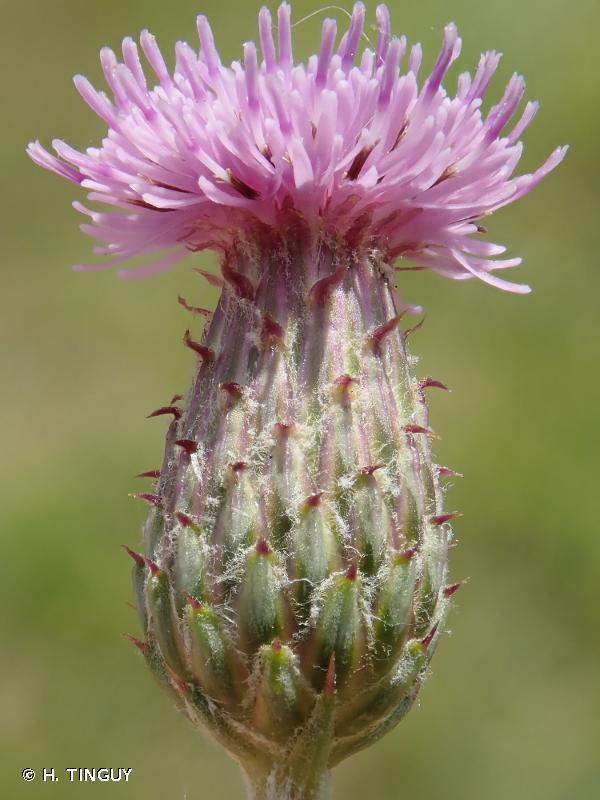
| Author : H. TINGUY |
 |
To get the picture, please visit:
Hugues Tinguy
email : inpn@mnhn.fr
Despite the Creative Commons license, please inform the author of the use which will be made of his photo
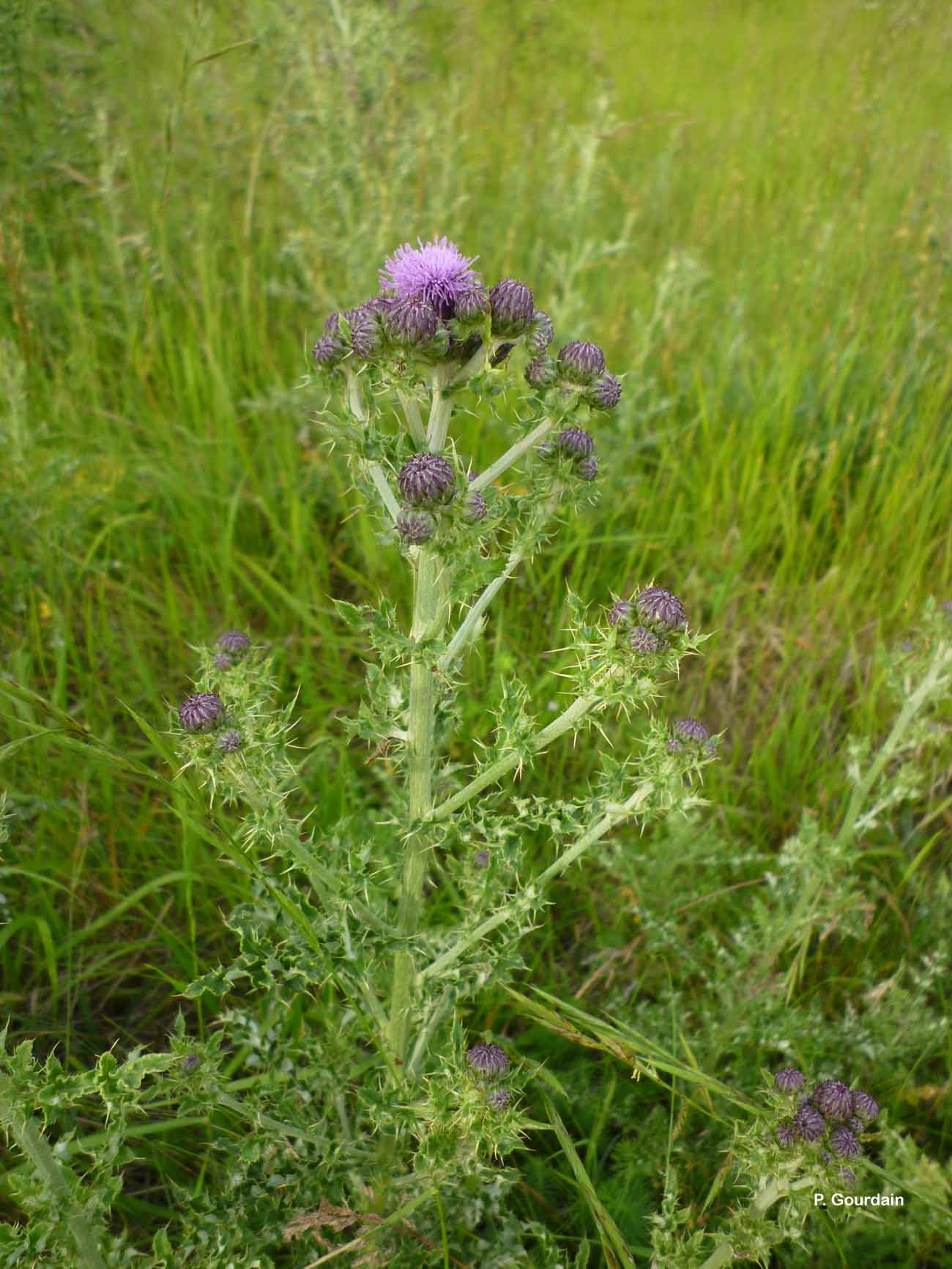
| Author : P. Gourdain |
 |
To get the picture, please visit:
Philippe GOURDAIN
Muséum national d'Histoire naturelle - Service du Patrimoine Naturel
36 rue Geoffroy Saint-Hilaire
CP 41
75 231 PARIS CEDEX 05
e-mail : inpn@mnhn.fr
Legend: Villeneuve-sur-Verberie
Despite the Creative Commons license, please inform the author of the use which will be made of his photo
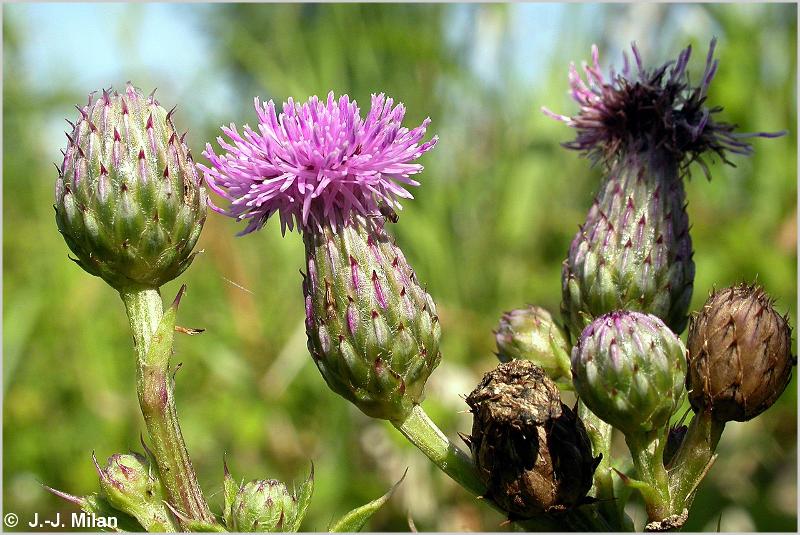
 |
To get the picture, please visit:
Jean-Jacques Milan
http://jjmphoto.fr/#Galeries.B
Société linnéenne de Bordeaux
email : jean.jacques.milan@wanadoo.fr
Despite the Creative Commons license, please inform the author of the use which will be made of his photo
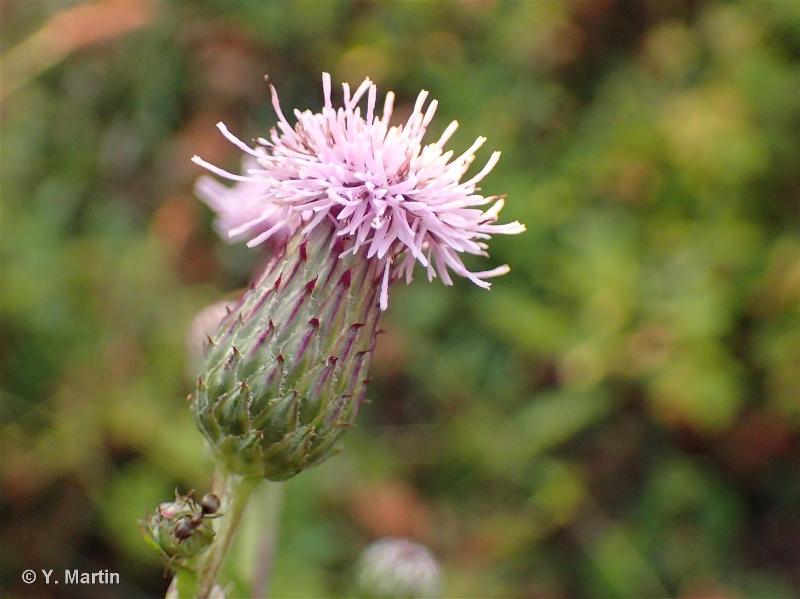
 |
To get the picture, please visit:
Yoan MARTIN
email : martin.yoan95@gmail.com
Despite the Creative Commons license, please inform the author of the use which will be made of his photo
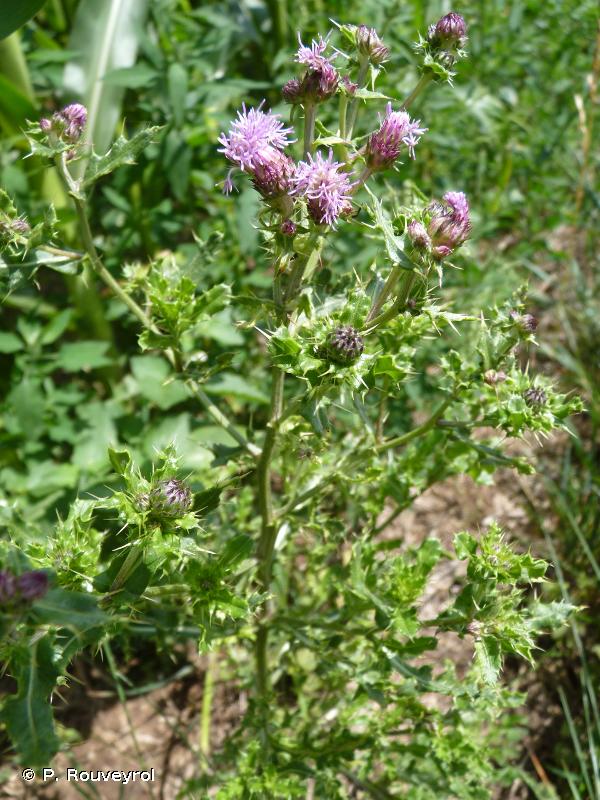
| Author : P. Rouveyrol |
 |
To get the picture, please visit:
Paul Rouveyrol
Chef de projets Espaces naturels
Muséum national d'Histoire naturelle
Service du Patrimoine Naturel
CP41, 36 rue Geoffroy Saint-Hilaire 75005 Paris
Tél : 33(0)1 40 79 57 92
Despite the Creative Commons license, please inform the author of the use which will be made of his photo

| Author : S. Filoche |
 |
To get the picture, please visit:
Sébastien Filoche,
CBNBP/MNHN
61, rue Buffon - 75005 Paris
email : inpn@mnhn.fr
Despite the Creative Commons license, please inform the author of the use which will be made of his photo
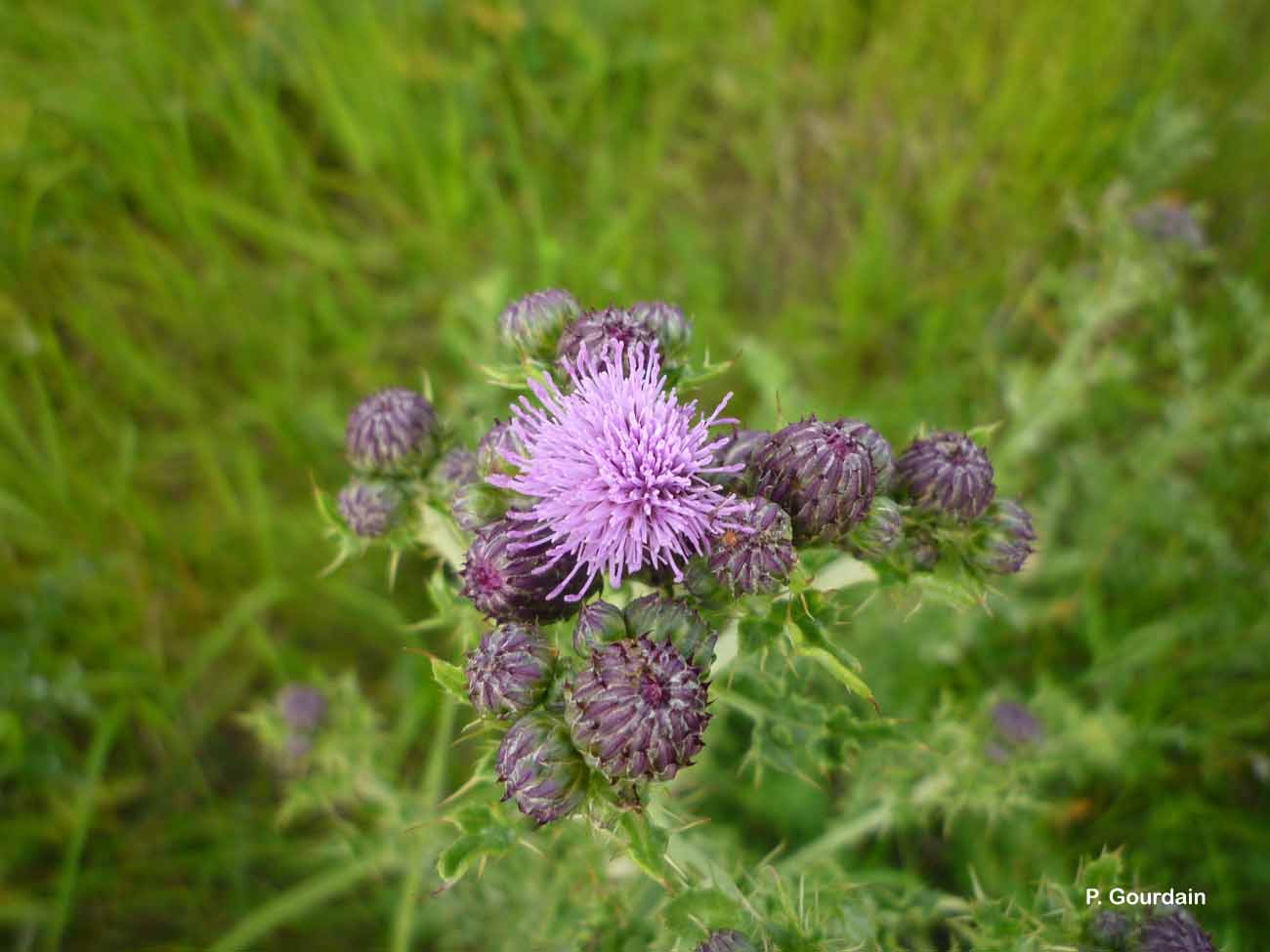
| Author : P. Gourdain |
 |
To get the picture, please visit:
Philippe GOURDAIN
Muséum national d'Histoire naturelle - Service du Patrimoine Naturel
36 rue Geoffroy Saint-Hilaire
CP 41
75 231 PARIS CEDEX 05
e-mail : inpn@mnhn.fr
Legend: Villeneuve-sur-Verberie
Despite the Creative Commons license, please inform the author of the use which will be made of his photo
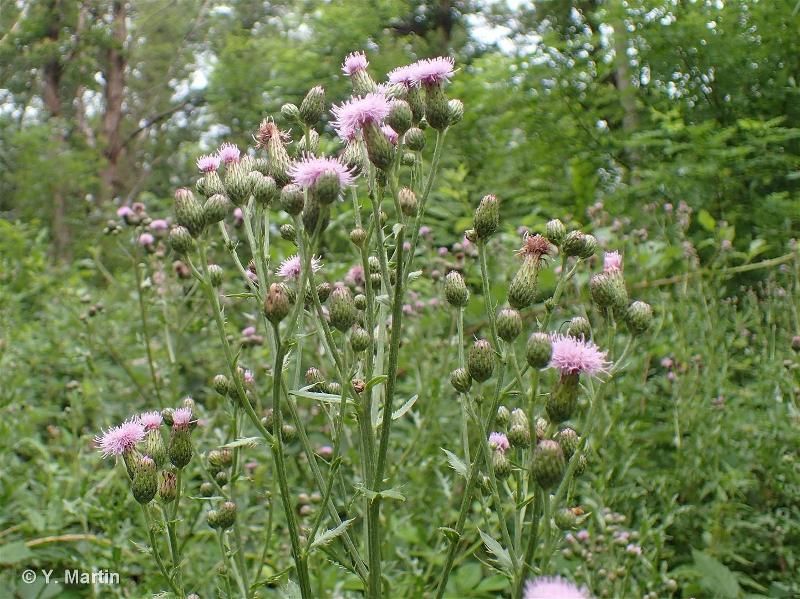
 |
To get the picture, please visit:
Yoan MARTIN
email : martin.yoan95@gmail.com
Despite the Creative Commons license, please inform the author of the use which will be made of his photo
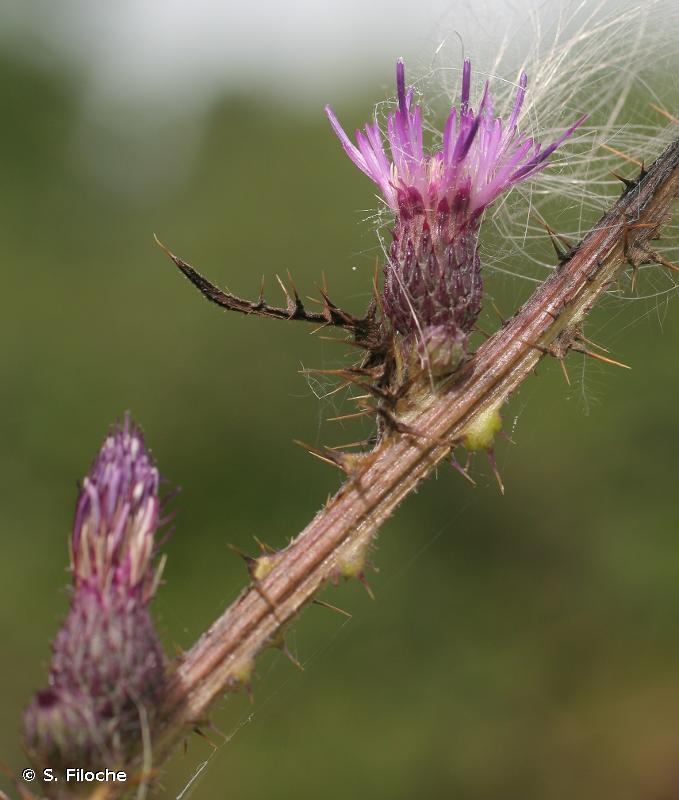
| Author : S. Filoche |
 |
To get the picture, please visit:
Sébastien Filoche,
CBNBP/MNHN
61, rue Buffon - 75005 Paris
email : inpn@mnhn.fr
Despite the Creative Commons license, please inform the author of the use which will be made of his photo
Diagnose :
Herbacée vivace de 30 cm à 1,2 m. Le Cirse des champs est une plante de la famille des Astéracées, formant des colonies denses à tiges stériles plus courtes (10 à 30cm), que les fertiles. Les tiges ne sont pas ailées, et sont feuillées jusqu'à l'inflorescence pour les tiges fertiles. L'involucre est subcylindrique à piriforme, glabre à folioles lancéolées et à pointes peu étalées. L'inflorescence en corymbe est composée de fleurs purpurines. Les feuilles sont épineuses, vert cendré sur la face supérieure et glabre à blanchâtre sur la face inférieure. Les fruits des Cirses (Cirsium) sont des akènes surmontés d'une aigrette à soies plumeuses, ce qui les distinguent des Chardons (Carduus). Ses fleurs sont hermaphrodites. La pollinisation est assurée par les insectes ou par autofécondation. Les akènes sont disséminés par le vent.
Détermination :
Moyennement difficile à délicate (nécessité de disséquer les fleurs).
Espèces proches :
Confusion possible avec d'autres espèces du genre Cirsium, en particulier Cirsium rivulare. Le Cirse des champs se distingue du Cirse des ruisseaux par l'absence de rosette basale de feuilles et surtout ses fleurs unisexuées sur un même capitule. Attention aussi aux confusions avec des espèces du genre Carduus, dont les akènes n'ont pas de soies plumeuses.
Biologie-ethologie :
Floraison de mai à septembre.
Biogéographique et écologie :
Espèce de prairies, cultures, friches, alluvions des cours d'eau et ourlets mésohygrophiles (clairières). Cette espèce est présente partout en Europe et en Asie.
D'après : Tison, J.-M., Jauzein, P. & Michaud, H. 2014. Flore de la France méditerranéenne continentale. Naturalia Publications, 2078 pp.
E. Oulès(UMS 2006 Patrimoine Naturel (AFB / CNRS / MNHN)),2016
Continental
Metropolitan France
Overseas
Marine
Metropolitan France
Overseas
The map presents a summary at the 10 x 10 km grid of the observation data for the species transmitted to the SINP. These data have been subjected to validation filters.
The map presents a reference distribution layer of the species at the scale of departments and marine sectors. The presence and absence data were established by expertise within a network of partners. This reference distribution is used in the validation process of the SINP data at the INPN level.
Corresponds to a report on the basis of at least one observation proved within a period of 10 years (20 years for little-known invertebrates) preceding the year and no presumption of extinction since obtaining the last data nor doubt on reproductive and implemented nature of this population. For migratory species, the presence indicated concerns areas of reproduction.
This status is based on one or more of the following criteria:
This point covers the absence, more difficult by nature to demonstrate than presence. This status is based on one or more of the following criteria:
This status must be assigned to a department in which the presence of the species is casual.
Particular case of absence due to a proven extinction less than a half century ago (older disappearances are treated as "no probable or definite").
In the state of knowledge, we can not comment on the presence or absence in the current department. This is the default status when not comprised in one of the previous categories or whenever there is doubt.
The map shows the global distribution of the species based on GBIF data (Global Biodiversity Information Facility).
